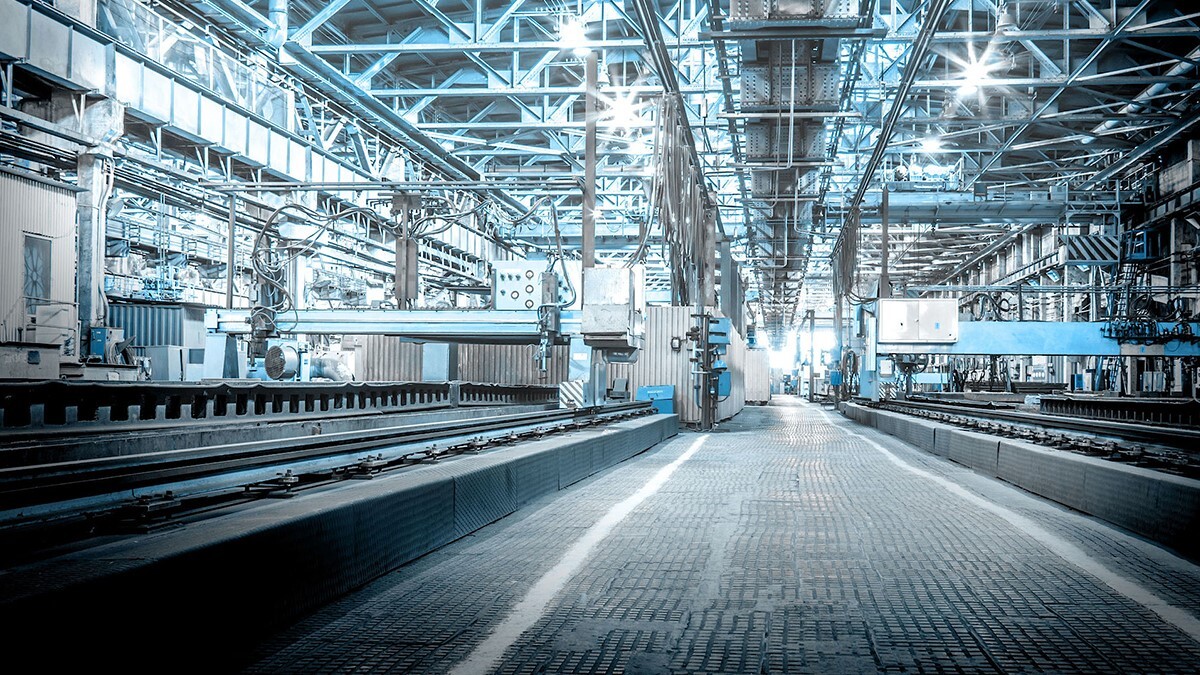

South Korea's factory activity saw its most significant expansion in two years this May, driven by robust growth in both output and orders, fuelled by increasing global demand. According to the latest private-sector survey, the purchasing managers index (PMI) for the manufacturing sector in Asia's fourth-largest economy, compiled by a world-renowned commodity insights firm, surged to a seasonally adjusted 51.6 in May. This marks a substantial rise from April's 49.4, signalling a noteworthy uptick in industrial performance.

This was the highest reading since May 2022, following two consecutive months below the 50-mark that distinguishes expansion from contraction.
According to the survey, output surged at the fastest pace since July 2021, while new orders saw their largest increase since February 2022. This was driven by new product launches, stronger export sales, and increased domestic demand.
South Korea boasts a highly developed mixed economy. With a nominal GDP valued at ₩2.24 quadrillion (US$1.72 trillion), it ranks as the 4th largest economy in Asia and the 14th largest globally as of 2024.
It's not just a one-time increase; new export orders rose for the fifth month. This consistent growth is a testament to the resilience of South Korea's export sector, with manufacturers experiencing sales growth across various markets, including Europe, North and South America, and Asian countries such as China, Japan, and Vietnam.
South Korea's exports have risen since October, significantly boosting the trade-dependent economy's first-quarter growth, which was the fastest in over two years.
The country's economy heavily depends on exports for growth, with key export products including electronics, textiles, ships, automobiles, chemicals, and steel.
However, manufacturers increased their purchases to the highest level since April 2022 to meet strong demand.
As a result, a notable challenge emerged: input price inflation surged to its most rapid pace in seven months, primarily driven by adverse exchange rate movements and the escalating costs of key raw materials such as aluminium, nickel, and copper. According to OECD estimates, South Korea's per capita aluminium consumption was the highest globally by 2023, thanks to its expansive automobile and electrical sectors. As of 2022, South Korea's per capita aluminium consumption is 42.76 kg. However, because South Korea is not one of the top aluminium-producing countries, imports fill its metal requirement.
Despite this, manufacturers' optimism for the year ahead dipped in May after reaching a near two-year high in April, but it remained the second-highest since June 2022.



Responses






